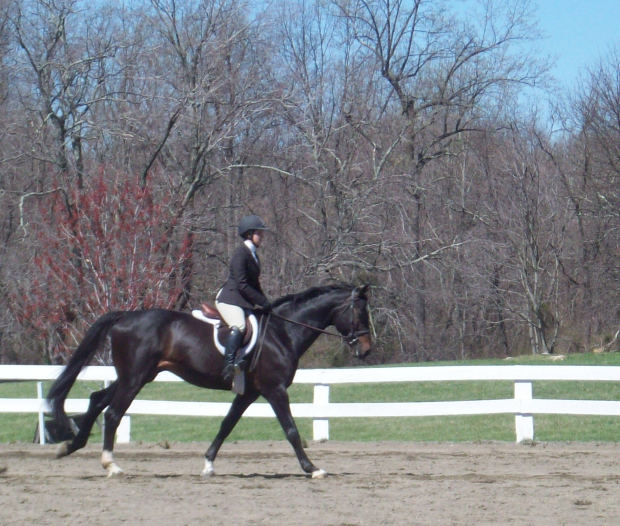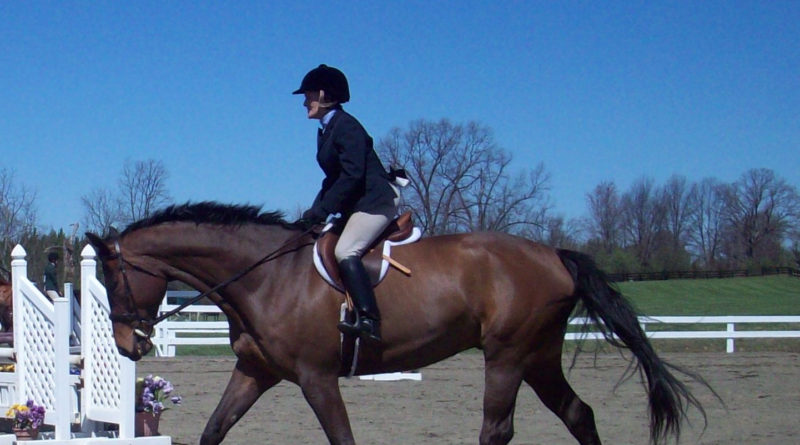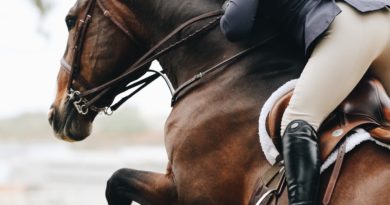Your Base of Support A MUST HAVE for Your Riding Success

And by base of support I mean your lower legs.
This is the part of your body that will keep you on your horse.
If you think that keeping your “knees tight”, as my mom, who was taught military style equitation before WW II, would keep you on,
Think again.
If it were easy, everyone would be doing it.
You have to be part of the horse.
Or at least try to make yourself be part of the horse. This comes with many hours in the tack.
Not just lesson hours.
But hours developing yourself and understanding about horses.
Your Base Of Support
Learning to ride can be a difficult thing.
So…
Lets start at the beginning.
YOUR LOWER LEGS
Are your lower legs floppy?
I am assuming here that you have had at the very least a few lesson. Not your first time you put your foot in the stirrup.
Let’s say you have been riding and have a few basics down. And now you would like to get to the next level.
That means:
- you want to learn
- you know that you are missing something
- you would like to improve
- you would like to move your riding to the next level.
A loose lower leg is a problem.
And will hold you back from progressing with your riding.
And here’s why.
Your lower leg is the foundation for your entire riding position. if your leg is not secure you will not be in the center of the saddle. Being balanced in the middle of your horse is job one and a lower leg will keep you there.
How can you tell if your lower leg is not correct?
Great question. The big answer for this is because you/r
- lose your balance
- lose your stirrups
- hands are moving
- legs are moving
- your horse is/can be unhappy
What do these things look like?
Lose your balance
When you lose your balance you are off kilter. You sometimes tip forward and fall on your horse’s neck.
Or
Fall backward onto the saddle.
When you are balanced over your leg you can reach forward to touch the horse’s ears or back to touch the horse’s tail and your leg will stay still.
Try this exercise. Stand on one leg and balance on one leg.
What happens when you lose your balance? You reach out for something to prevent you from falling. This means, if you were on a horse, what is the ONLY thing that you could grab onto.
…
The reins right?
So often when we are teaching riders we allow the riders to balance off the horse’s mouth. The reins. When what really needs to be established is their base of support. That’s your lower legs. Your calves (or are they calfs?)
This is most apparent at the trot. When riders use the reins to pull themselves out of the saddle.
And then
Allow themselves to flop back into the tack with a “THUMP”.
WHAT CAN YOU DO ABOUT IT?
Balance exercises that develop your base and your independent leg and seat.
NOTE: Please do these exercises under supervision and have a suitable quiet accommodating horse. If you have a green horse or a horse that will not stand for a lot of movement in the saddle then please…
Please…
Please…. Do not do these exercises and do them on a seasoned school horse.
Exercise 1 – Toe touches
Sounds easy enough right?
Well – let’s do then.
Begin at the halt. With NO STIRRUPS.
Sitting in the middle of your saddle reach your left hand up over your head.
This stretches your ribcage and puts weight into the opposite leg/seatbone. That is, if you reach up with your left hand, it stretches your left ribcage and puts weight into your right seatbone/leg.
Stretch your hand forward and by bending at your hips, lower your hand to touch your left toe. (in the good ‘ole days I would recommend left hand to right toe and maybe suggest it if you are under the age of 30.Try it)
This stretches your back and also makes you focus on keeping your leg still. If your leg swings back (which it should not do) you won’t be able to touch your toe. So you automatically stretch your left leg forward to meet your hand.
You right leg however, must ALSO REMAIN STILL. What usually likes to happen is that your right leg likes to swing back.
Don’t
Let
It
Swing
Back
Keep the right heel in the correct position by pressing our right heel forward.
Repeat ten times each side.
Now try the same exercise at the WALK.
It may seem a little different on a moving subject. You will be forced to move with the horse and move your body with the horse to get the job done.
Don’t discount the importance of these exercises.
It will teach you how to keep your lower leg still and stay balanced on your horse. The other important thing is that,
It will help you understand how to get out of a bad situation if you get “unseated” and fall forward, how to get yourself righted and back on track in the tack.
Exercise 2 – Reaching Forward, Reaching Back
Another basic but profound exercise to help you get your leg stablized.
Start at the walk. Reins in your right hand.
Slide your left hand up the horse’s neck to touch the horse’s ears.
Sounds easy enough? The catch here is to
KEEP YOUR LEGS FROM SWINGING BACK WHEN YOU LEAN FORWARD.
Also:
- to not lean on your horse’s neck
- to keep looking up and forward (touch your chin to the horse’s mane)
- to keep your rein hand soft and still.
Now step two.
After you have reached forward… reach behind you to slide your hand back to touch the horse’s tail.
And I say SLIDE your hand along your horse’s body. This avoids startling the horse by touching their ear/tail. Sliding your hand will let the horse know what you are doing.
This exercise shows the rider how independent their seat/legs are because when you reach behind you,
Your leg
Wants to swing
FORWARD.
Don’t let it.
When you reach behind you, bring your leg down and back behind your seat to prevent it from swinging forward.
When you reach forward, stretch your leg down and forward.
Stretch your heels in the direction of where you are reaching.
Lose Your Stirrups
If you lose your stirrups it means that your weight is not in your lower leg and into your stirrups.
Try This is If you Tend To LOSE Your Stirrups
1. Fix your stirrups
Generally speaking the top of the stirrup tread should be at the bottom of the ankle bone. If your stirrups are not adjusted properly then your lower leg can NOT be on the horse properly.
2. Ride in 2-point position
On a suitable horse, ride in 2 point position. Sink into your stirrups as if you were squatting in the saddle and lift your bum from the saddle as if your were doing a “squat”.
You should be able to keep this balanced position at walk/trot/canter.
Start at the halt – progress to walk – progress to trot and then canter.
you should be able to maintain this position without falling back, tipping forward or losing your balance.
How did you do? post a picture, I’d love to see how your 2-point is.
Hands Are Moving
Try this if you are finding that your hands are jumping over the place.
get a couple of elastics. You know; the kind that come around the celery stocks at the grocery store.
Or even grab some covered hair elastics from the dollar store.
Loop the elastics through the front “D’s” of your saddle.
NOW
Hold the elastic loop with your baby finger.
This is the perfect exercise if you move your hands while you are posting the trot.
I’ve seen it before and it is one of my favorite exercises for all levels of riders who are stiff through their elbows.
In order to keep you hands still you must hinge at your elbows.
That is to say, when you rise out of the saddle at the rising trot your elbows should hinge open.
and
When you sit for the sitting part of the rising trot, your elbows should CLOSE.
Sounds easy enough but watch some riders. Their hands should remain still.
But what does this have to do with your lower leg? EVERYTHING!
Because if your body is not independent from your hands/arms then they will move together.
Your Horse is Unhappy
If your horse is unhappy it maybe because you are moving too much or falling back on the horse’s back.
It could be a symptom of a loose leg and inadequate base of support.
If your horse is starting to tell you that you need to get more “with the program” start by doing the easy to do but oh so important exercises that will help you to stablize your lower leg and be with your horse.
Would you like more tips like this?
Hopefully you’ve found a few nuggets that will help.
Get more U N I Q U E ideas like this
It’s F R E E !
It’s H E L P F U L
and
People love it.
Sign up for the newsletter.


